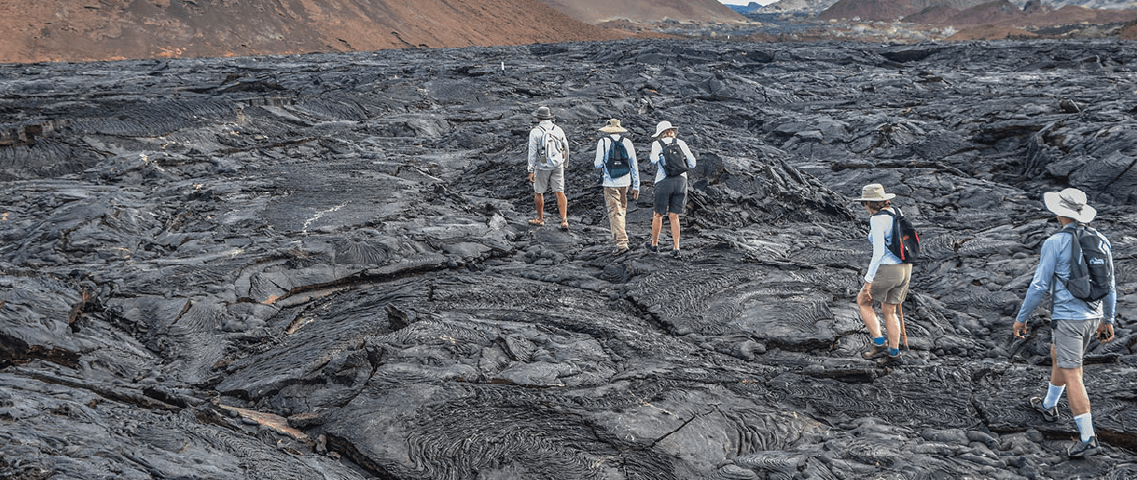
It is well known that the Galapagos Islands as the preferred destination in Ecuador never ceases to impress us with teeming biodiversity and endless adventures. But when it is time to choose where to go, with so many options to visit, you may be interested to know where to start. Therefore, here you can find insights and differences between the eastern and western islands to help you craft your client’s next journey according to their interests, whether island hopping or cruise itineraries.
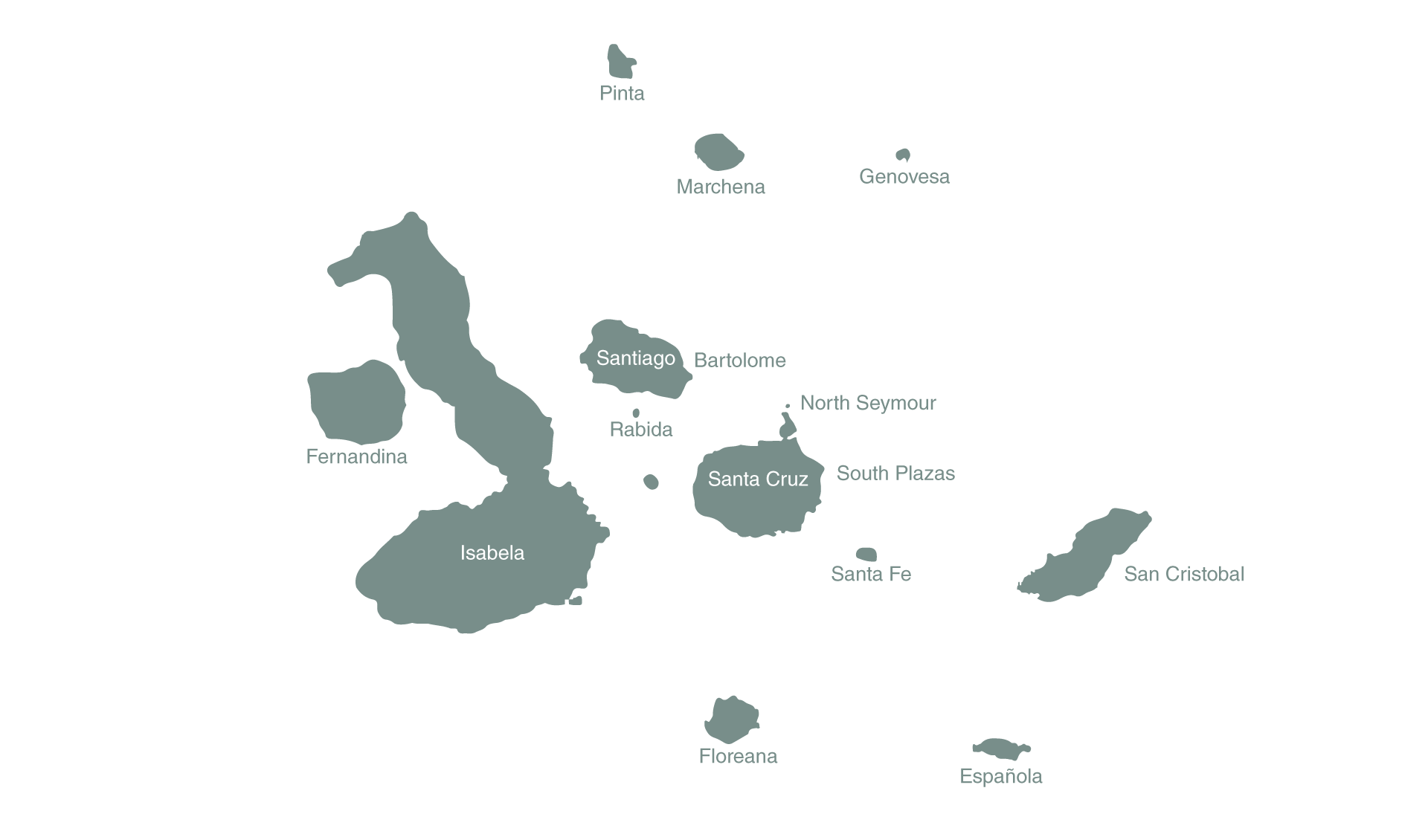
Eastern Islands: Accessible Tours and Facilities
- Geography and landscape: They are known as the older islands of the archipelago, their landscapes are more eroded, leading to a lush and varied vegetation.
- Wildlife: Find the giant tortoises, sea lions, various seabirds, and marine iguanas, among other species.
- Human presence: These islands are more developed and accessible, particularly on Santa Cruz and San Cristobal. The infrastructure features more accommodation options and restaurants.
- Activities: Visitors can enjoy land and aquatic activities. Snorkeling and diving are a must-do, though the waters are generally warmer and less nutrient-rich than in the west islands, meaning less marine life in some areas. However, the land experiences, such as hiking and visiting wildlife reserves, are worth it. Likewise, find tour options that include cultural experiences and visits to educational centers.
Main Galapagos Eastern Islands to Visit
- Santa Cruz: Renowned for its biodiversity and as a hub for tourism and conservation efforts. It hosts Puerto Ayora the most populous city in the Galapagos Islands. Some of Santa Cruz’s highlights are the captivating Twin Craters, ideal for birdwatching and spotting Galapagos Giant tortoises. Visit Primicias Ranch to see tortoises up close and explore lava tunnels. Discover conservation efforts of endemic flora and fauna, also, learn about iconic species like Lonesome George at the Charles Darwin Station. Don’t miss Las Grietas, where you can snorkel in crystalline waters amidst stunning cliffs and vibrant marine life. Visit the iconic Bachas Beach and Tortuga Bay which provide wonderful opportunities for spotting breeding sea turtles on the beach. As well as, full-day navigation excursions are available to nearby islands such as Bartolome, North Seymour, South Plazas, and Santa Fe Islands.
- San Cristobal Island: It is the oldest island, featuring a rich history and vibrant local culture. It is famous for the dramatic Kicker Rock, a geological formation off the shores, where you can snorkel and swim near hammerhead sharks, sea turtles, rays, and colorful fishes. Besides, join amazing highland excursions and experience Lobos Island’s pristine beaches.
- Española Island: It is known as Hood Island, one of the most biologically diverse islands, home to Gardner Bay’s white-sand beach and picturesque landscapes. It is a haven for birdwatchers, especially those eager to see the waved albatross and an array of seabirds including Nazca and Blue-footed boobies, red-billed tropic birds, and Galapagos hawks.
- Floreana Island: It is known as Post Office Bay, a historic site where whalers once left mail to be delivered by passing ships, a tradition that continues with tourists today. Among the incredible species you can find are the Galapagos flamingo, Galapagos mockingbird, hawks, finches, red-billed tropic birds, sea lions, and turtles. Also, it is home to Devil’s Crown, a popular site for snorkeling.
Western Islands: Wild and Pristine Adventures
- Geography and landscape: They are geologically younger with rugged volcanic landscapes, featuring fresh lava fields and rocky coastlines.
- Wildlife: It is the perfect spot to see marine wildlife including iguanas, flightless cormorants, and Galapagos penguins, among others.
- Human presence: These islands are less populated, hence, there are fewer towns and facilities such as Puerto Villamil on Isabela Island. For that reason, these islands allow a true connection with nature and share tranquil vibes for relaxation.
- Activities: The focus here is more on nature and wildlife, with exceptional snorkeling and diving opportunities. The marine life here is abundant and diverse, making it a paradise for underwater enthusiasts.
Main Galapagos Western Islands to visit
- Isabela Island, the largest archipelago island, features a unique sea-horse-shaped formation of five volcanoes. It has many attractions, including large colonies of iguanas and flamingos. Discover the awe-inspiring Sierra Negra Volcano by a hiking trail to the crater surrounded by volcanic rocks and lava formations, it is one of the world’s central fauna reserves with many birds, turtles, and iguana species. Explore the Tunnels of Cape Rose, with unique geological formations ideal for scuba diving and snorkeling amidst diverse wildlife, including albatrosses, penguins, and manta rays. At Tintoreras Islets, explore its rocky shores to spot sea lions, blue-footed boobies, and Galapagos penguins while kayaking or snorkeling to sight white-tip reef sharks. Besides, visit Flamingos Lagoon at sunrise for a mesmerizing view of one of the largest flamingo populations in the Galápagos.
- Fernandina Island: The most pristine and youngest island, ideal for sighting unique species like the flightless cormorant, marine iguanas, lava lizards, and Galapagos penguins. Additionally, Punta Espinosa is a must-visit place for snorkeling and sight penguins, sea turtles, and various shark species.
Finally, there is not the best island to visit in the Galapagos Islands, as both the eastern and western islands have something unique to offer. However, when planning an itinerary, consider visits to both regions for a complete experience near incredible marine wildlife. In the end, your client’s interests will determine which islands are worth visiting. Contact us for more information about the top island hopping or cruise itineraries.
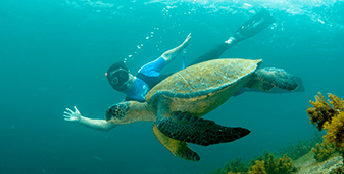
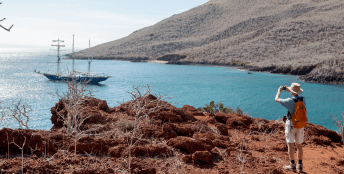
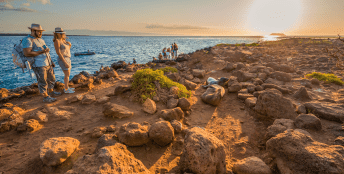
Published in September 2024













